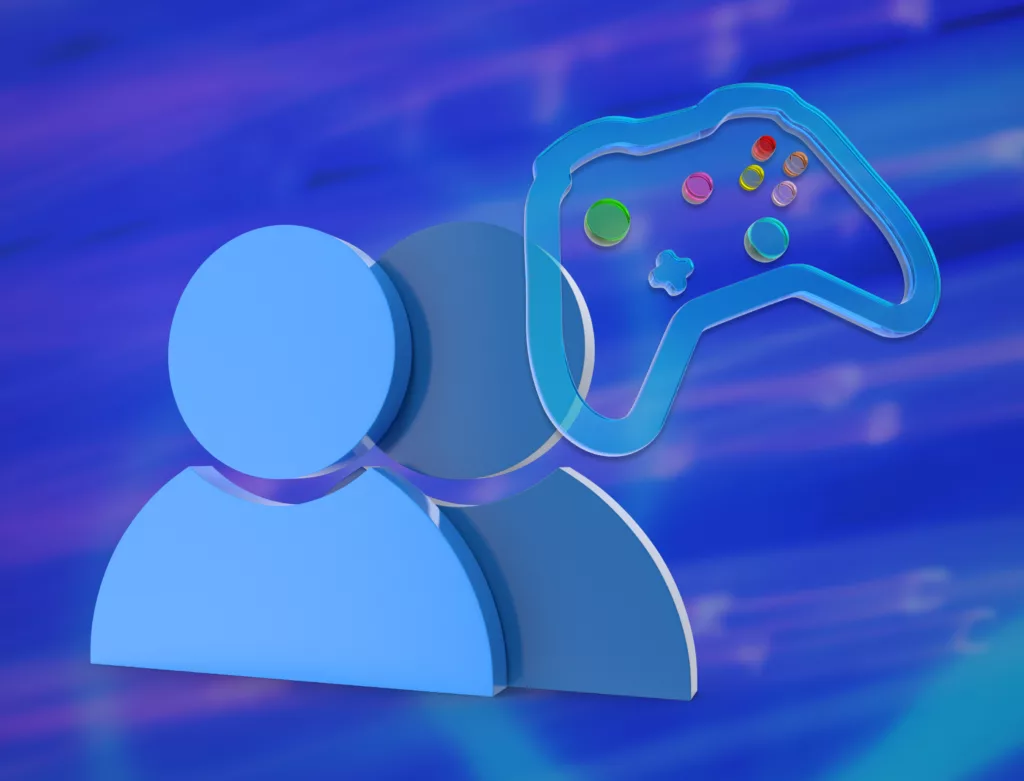2020 brings unprecedented opportunities for freemium mobile gaming vendors
Gaming has been one of the few beneficiaries of the Covid-19 coronavirus pandemic. Global quarantine and stay-at-home orders preventing people from traveling, commuting, and socializing have resulted in a boom in the gaming industry.

The gaming industry is set to grow 9.3% this year, generating $159.3 billion in revenue. Tom Wijman of the gaming industry analyst Newzoo estimated that the gaming industry will hit revenues above $200 billion by 2023. Gaming is bigger than the global music and movie industries combined.
Mobile gaming jumped 30% year over year when the pandemic hit Europe and the Americas in March. Even now that many countries are emerging into a ‘new normal’ post-pandemic environment, mobile gaming is still up almost 20% on last year. In-app payments have increased by 24% since the pandemic began, and the amount of advertising required to convince people to download a game has reduced by 33%.
The gaming boom is a serious opportunity for vendors. After all, an increasingly dynamic market requires a new level of player experience for the power users emerging since Q1.
Industry-wide, these are great numbers, but some revenue models are faring better than others here. Both the Xbox and PlayStation are getting a reboot this year—after seven years—so the standard console game is likely to get a boost in 2021, but what about the mobile games featured in that revenue top ten?
Right now, the top-grossing mobile games are PUBG Mobile, Roblox, Candy Crush Saga, Gardenscapes, Fortnite, and, in China, Tencent’s Honor of Kings. All these games featured among Sensor Tower’s top games by worldwide revenues for March and April 2020.
What is also interesting to see is that many of these games are several years old; for example, King launched Candy Crush Saga in 2012.
The exciting thing about the freemium business model is that most players never spend anything. However, a few gamers will spend significant amounts to progress inside a game they love—yes, those mystical creatures we affectionately know as ‘whales’.
Are you producing mobile games? Then it would be best if you designed your customer experience strategy around maximizing value from the ‘whales’ in your player community.

Design a strategy that maximizes revenue but also respects the players
Freemium mobile vendors need to place significant focus on correlative analysis to understand player behavior and design actions and events accordingly, as explained by Jerry Leisure, CEO of Officium Labs, in a recent interview on the CX Files podcast:
“Start to do correlative analysis through data science. And then if you follow that correlative analysis, over time, you’ll start to see trends.” It should be possible to create cohorts of players with similar behavior. You can then run A/B tests on specific cohorts—to see how different behaviors can be encouraged or discouraged through particular actions or events in the game.
Jerry explained: “Once you get to that point [locating the correlating behavior], then that’s when you know that if I invest in customer service in this specific way, then I’m going to get this output in revenue, play session time, and a decrease in churn—whatever the measurement is.”
The creation of a unique ID and the data analysis to identify correlations between actions in the game and gamer behavior are critical if you want to successfully monetize a mobile game and maximize the value of your whales. 2% of your players will likely spend any cash in a game, and perhaps just 10% of those spending in-game can be classified as whales.
But proceed with caution. Maximizing the value of your whales must be handled carefully. The use of in-game purchases to earn revenue has often been criticized by some who believe that it can lead to addictive behaviors. Nintendo has backed away from mobile gaming because they are wary of the freemium model—but they also have hugely successful products with alternate revenue models, such as the Switch.
Manage your whales as revenues rise
Managing your whales is becoming increasingly important as they spend more and more on mobile games. Analysis by GameAnalytics, published in 2020, explored how the top 5% of gamers by revenue increased their in-game spending by over 20% over the past three years. Furthermore, this figure will likely be revised once the data includes the lockdown period throughout Q2 of this year.
Consider implementing VIP support or experience programs. Use data to identify key actions and moments where you can step up the player experience—with the help of in-game agents acting as peers or via additional rewards built-in using payment triggers. (Take a look at 5CA’s case studies to see how you can do this.)
As you focus on your whales and ensure they have a great experience, keep sight of the players enjoying the game and not spending anything. They may not be spending now, but some may be your future whales, and the game environment is improved by having more players, even if most are not generating revenue.
Your player experience strategy must embrace the whales and make them feel especially loved, but not at the expense of creating a poor experience for everyone else. Mobile games are booming, and the whales are spending more. It’s time to show that minority of players just how much you value their attention.










